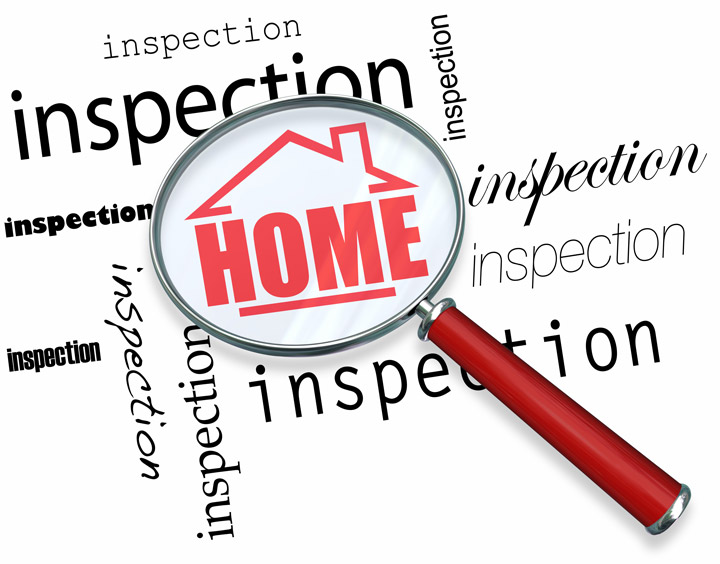
Understanding AppraisalsA home purchase is the most important investment many people may ever consider. It doesn't matter if where you raise your family, an additional vacation property or a rental fixer upper, the purchase of real property is a detailed financial transaction that requires multiple parties to pull it all off. The majority of the participants are quite familiar. The real estate agent is the most familiar face in the exchange. Then, the lender provides the money necessary to bankroll the exchange. And ensuring all aspects of the transaction are completed and that a clear title transfers to the buyer from the seller is the title company. So, who makes sure the value of the real estate is in line with the amount being paid? In comes the appraiser. We provide an unbiased opinion of what a buyer might expect to pay — or a seller receive — for a parcel of real estate, where both buyer and seller are informed parties. A licensed, certified, professional appraiser from James Garner will ensure, you as an interested party, are informed. Inspecting the subject propertyTo determine the true status of the property, it's our responsibility to first perform a thorough inspection. We must see aspects of the property hands on, such as the number of bedrooms and bathrooms, the location, and so on, to ensure they indeed exist and are in the shape a reasonable buyer would expect them to be. To ensure the stated square footage is accurate and document the layout of the home, the inspection often entails creating a sketch of the floorplan. Most importantly, we look for any obvious features - or defects - that would affect the value of the property. Once the site has been inspected, we use two or three approaches to determining the value of real property: sales comparison and, in the case of a rental property, an income approach. 
Replacement CostThis is where the appraiser uses information on local construction costs, the cost of labor and other factors to figure out how much it would cost to build a property nearly identical to the one being appraised. This estimate often sets the maximum on what a property would sell for. The cost approach is also the least used method. 
Paired Sales AnalysisAppraisers are intimately familiar with the subdivisions in which they appraise. They thoroughly understand the value of specific features to the residents of that area. Then, the appraiser looks up recent sales in the vicinity and finds properties which are 'comparable' to the home being appraised. Using knowledge of the value of certain items such as upgraded appliances, extra bathrooms, additional living area, quality of construction, lot size, we add or subtract from each comparable's sales price so that they more accurately portray the features of subject property.
A true estimate of what the subject might sell for can only be determined once all differences between the comps and the subject have been evaluated. When it comes to valuing features of homes in Westminster and Adams, James Garner is your local authority. This approach to value is typically given the most consideration when an appraisal is for a home exchange. Valuation Using the Income ApproachA third method of valuing a house is sometimes employed when a neighborhood has a measurable number of rental properties. In this scenario, the amount of income the real estate yields is taken into consideration along with income produced by neighboring properties to give an indicator of the current value. Coming Up With The Final ValueAnalyzing the data from all applicable approaches, the appraiser is then ready to stipulate an estimated market value for the subject property. The estimate of value at the bottom of the appraisal report is not necessarily the final sales price even though it is likely the best indication of a property's valuePrices can always be driven up or down by extenuating circumstances like the motivation or urgency of a seller or 'bidding wars'. But the appraised value is typically employed as a guideline for lenders who don't want to loan a buyer more money than the property is actually worth. At the end of the day, an appraiser from James Garner will guarantee you attain the most fair and balanced property value, so you can make profitable real estate decisions. |